Bac Ninh Citadel was built in 1805 under King Gia Long, Nguyen Dynasty, on the territory of Do Xa village, Vo Giang district (now Tien Ninh Ve ward); Hoa Dinh village, Tien Du district (now Vo Cuong ward) and Yen Xa village, Yen Phong district (now Tien Ninh Ve ward, Bac Ninh city).
According to Professor, Doctor Do Van Ninh, author of the book “Ancient Citadels of Vietnam”, Bac Ninh Citadel was the first ancient citadel in Vietnam to be built in a hexagonal shape. In terms of architecture, Bac Ninh Citadel was one of the four most beautiful citadels in the North at that time.
The citadel has an area of 545,000 square meters, with walls 9 meters high, a perimeter of more than 532 meters, and a deep moat surrounding it.
The citadel has four gates, each with a bridge across the moat. The main gate of the citadel is called the Front Gate, the side gate is called the Back Gate.
The citadel is surrounded by a wide and deep moat system.
Historically, during the Nguyen Dynasty, Bac Ninh Citadel was the center of the administrative apparatus of the two provinces of Bac Ninh and Thai Nguyen . During the French colonial period, clearly identifying the important position of this citadel, on May 16, 1925, the Governor-General of Indochina signed a decision to rank the Bac Ninh Citadel as a typical architectural and artistic work. In August 1945, the people of Bac Ninh surrounded the Japanese army in the citadel, carried out an uprising to seize power, and forced Japan to return the citadel.
In the history of the nation's struggle, Bac Ninh ancient citadel was once a particularly important military position, located in the northern defense line, protecting the capital, preventing invading armies at the gateway to Thang Long Citadel. This was also the political and military center, the headquarters of Kinh Bac town (now Bac Ninh province). This place also marked events associated with the economic development of Bac Ninh province.
With its unique and special values in architectural art, Bac Ninh ancient citadel was ranked as a typical historical and architectural relic by the People's Committee of Ha Bac province (old) according to Regulation No. 144 dated March 15, 1980.
Currently, the entire campus of Bac Ninh ancient citadel is managed and used by the Political Officer School (under the Ministry of National Defense).
Due to the effects of war and time, this relic has been seriously degraded. Currently, the remaining traces of Bac Ninh ancient citadel include 3 gates, part of the citadel wall, a deep moat, and two cannons, including the front gate with a watchtower and a flagpole about 20m high.

Although it no longer retains its ancient appearance, Bac Ninh ancient citadel is still a historical relic with architectural, cultural, political and military values.
Source: https://baolangson.vn/chiem-nguong-thanh-co-dau-tien-o-viet-nam-xay-dung-theo-hinh-luc-giac-5043198.html


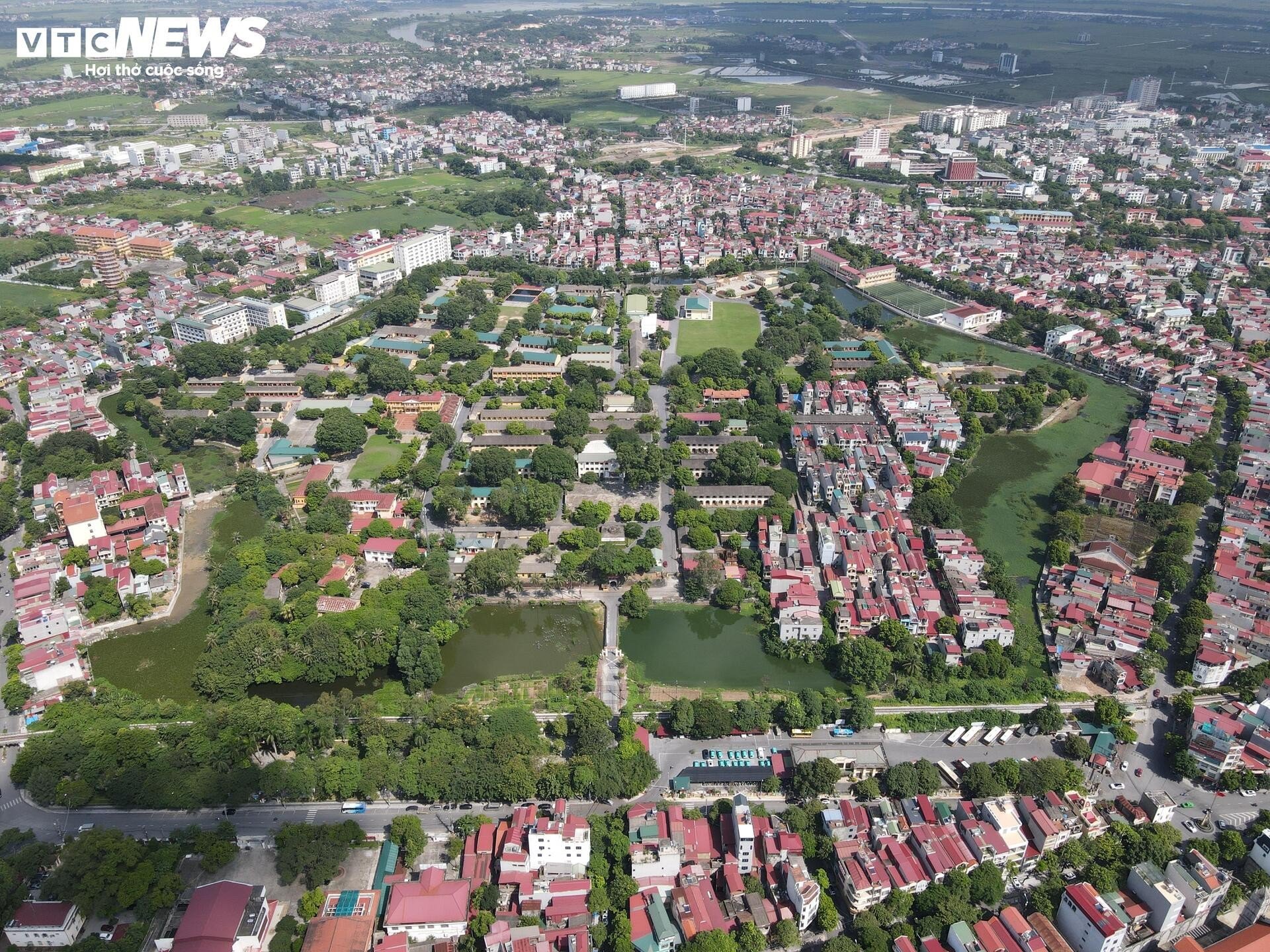
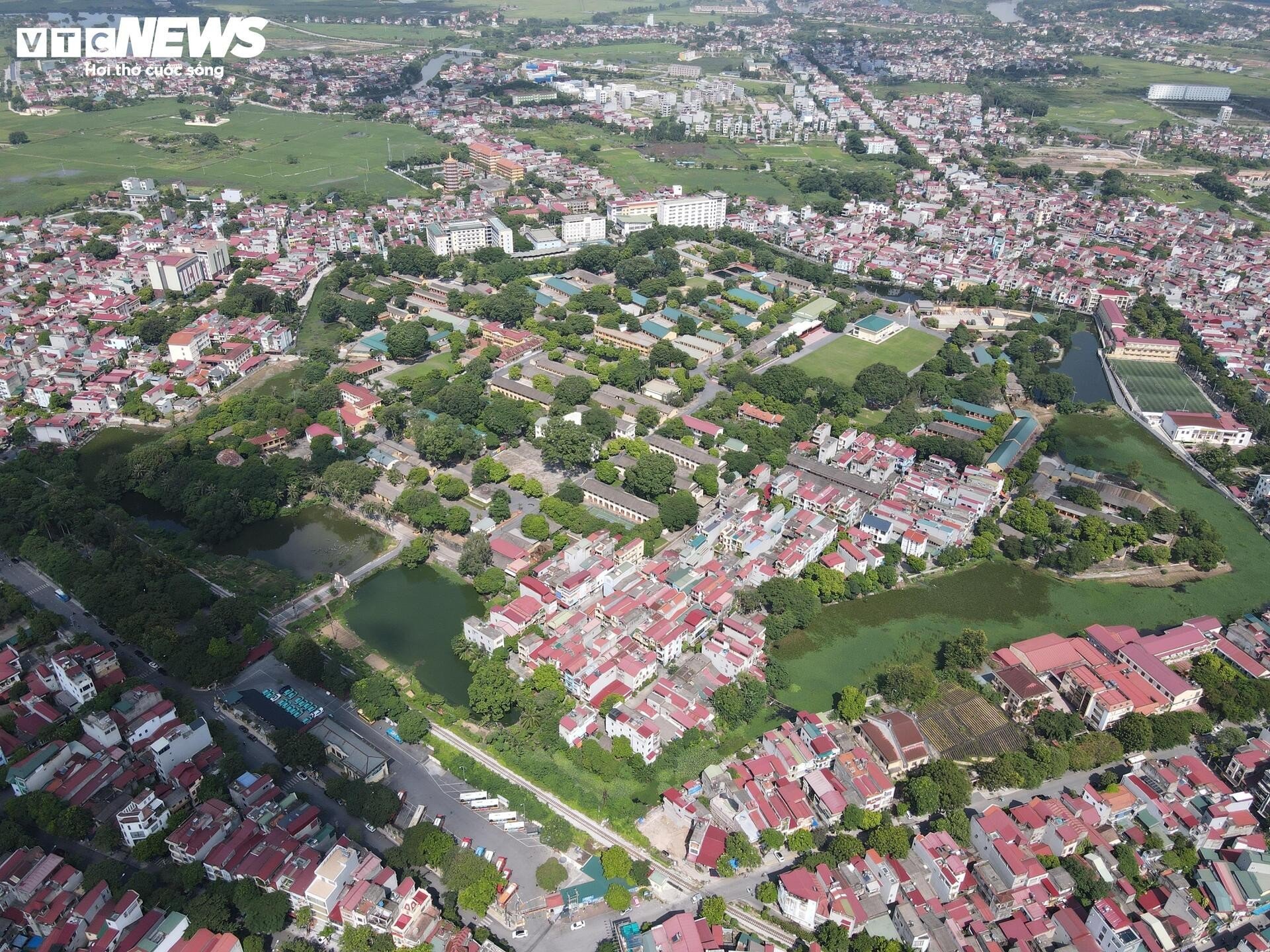
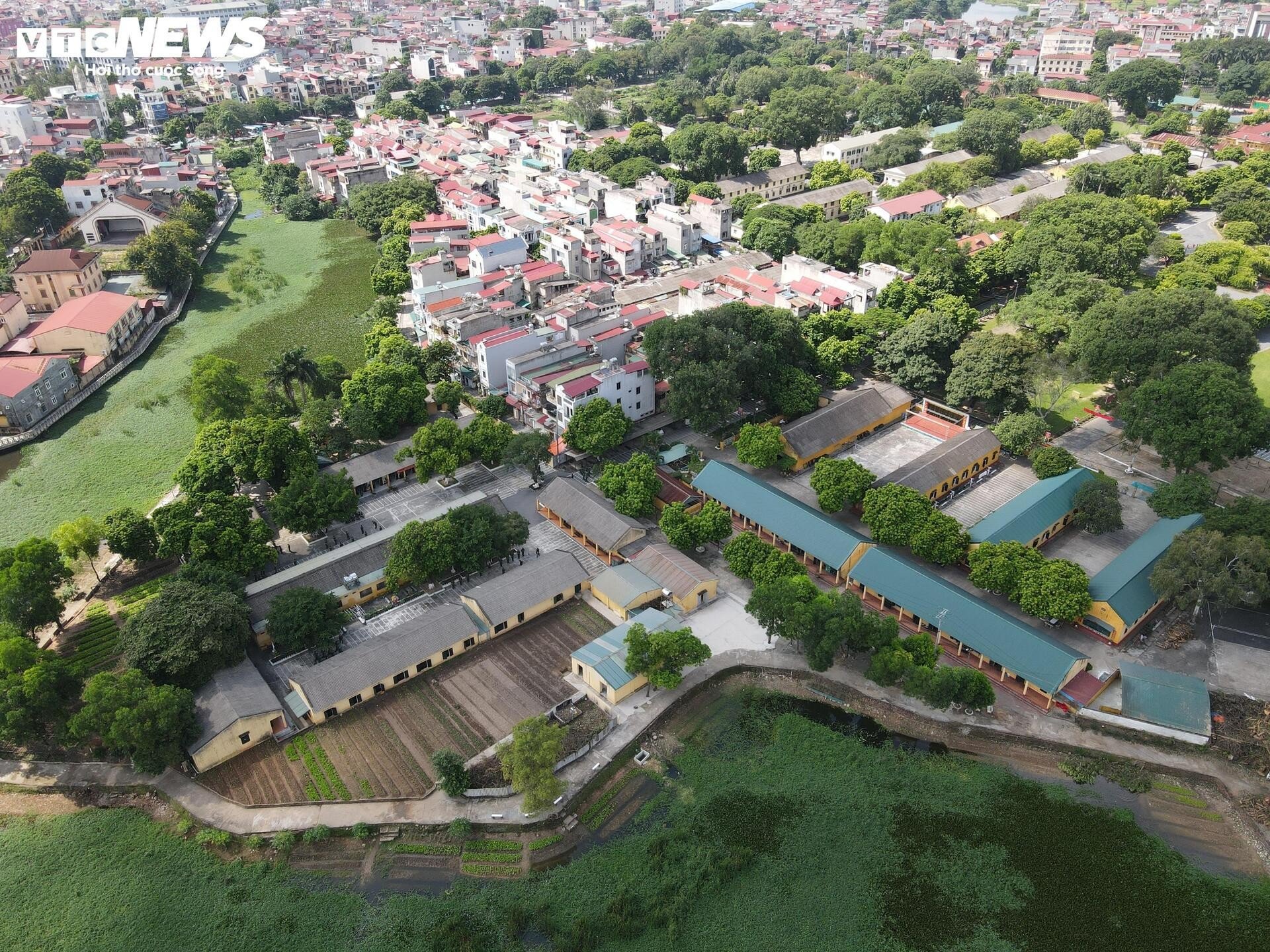
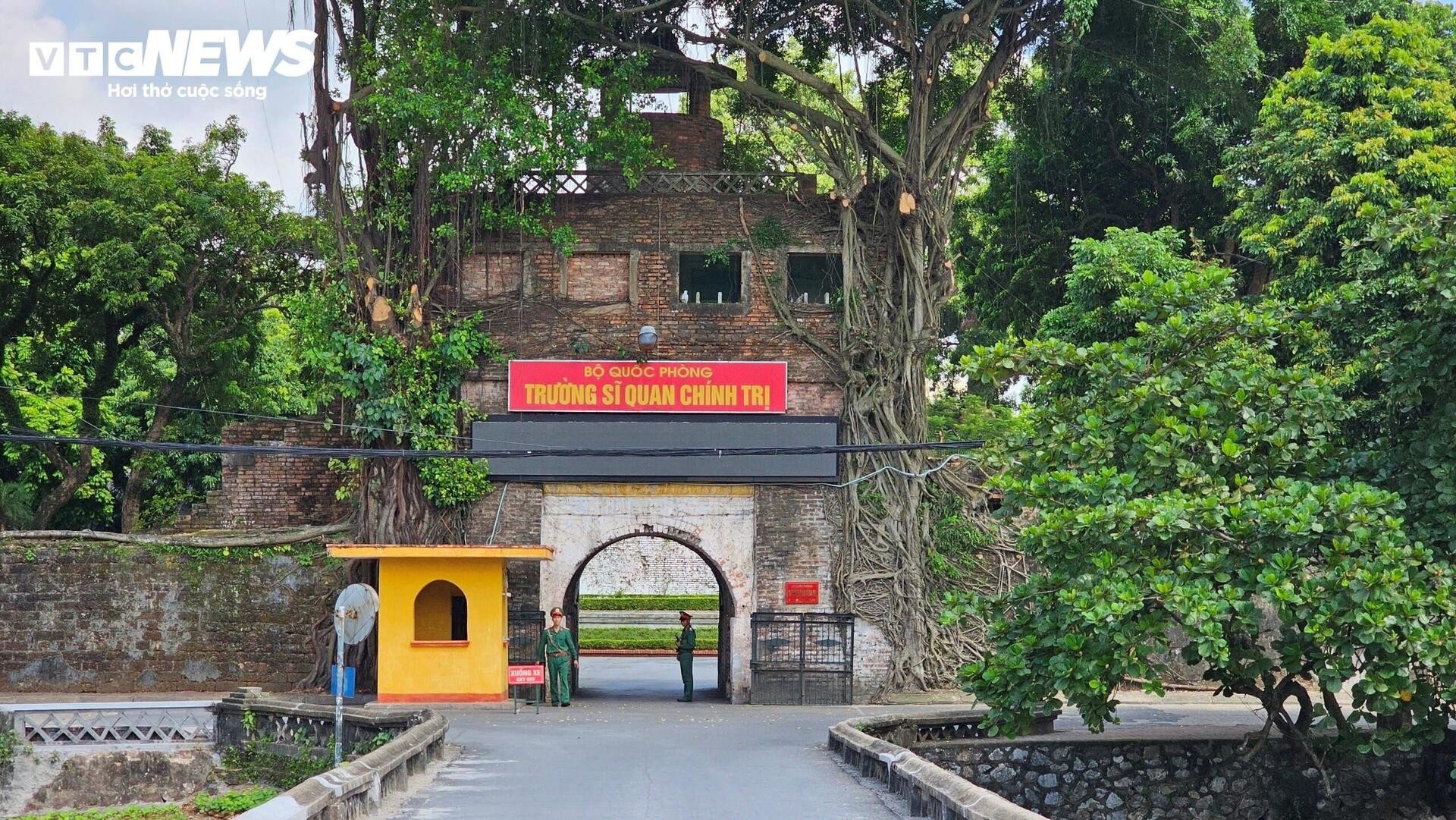
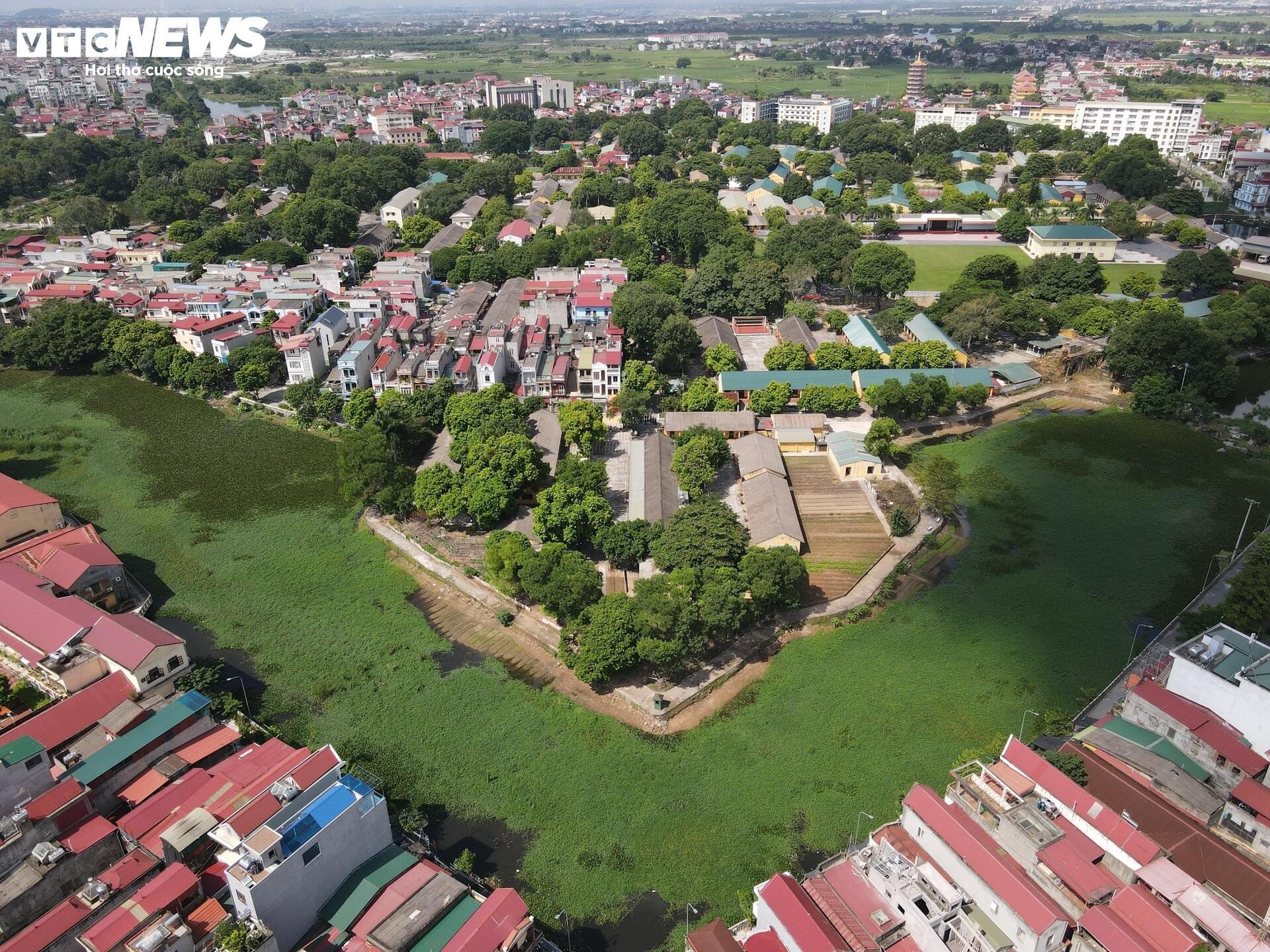
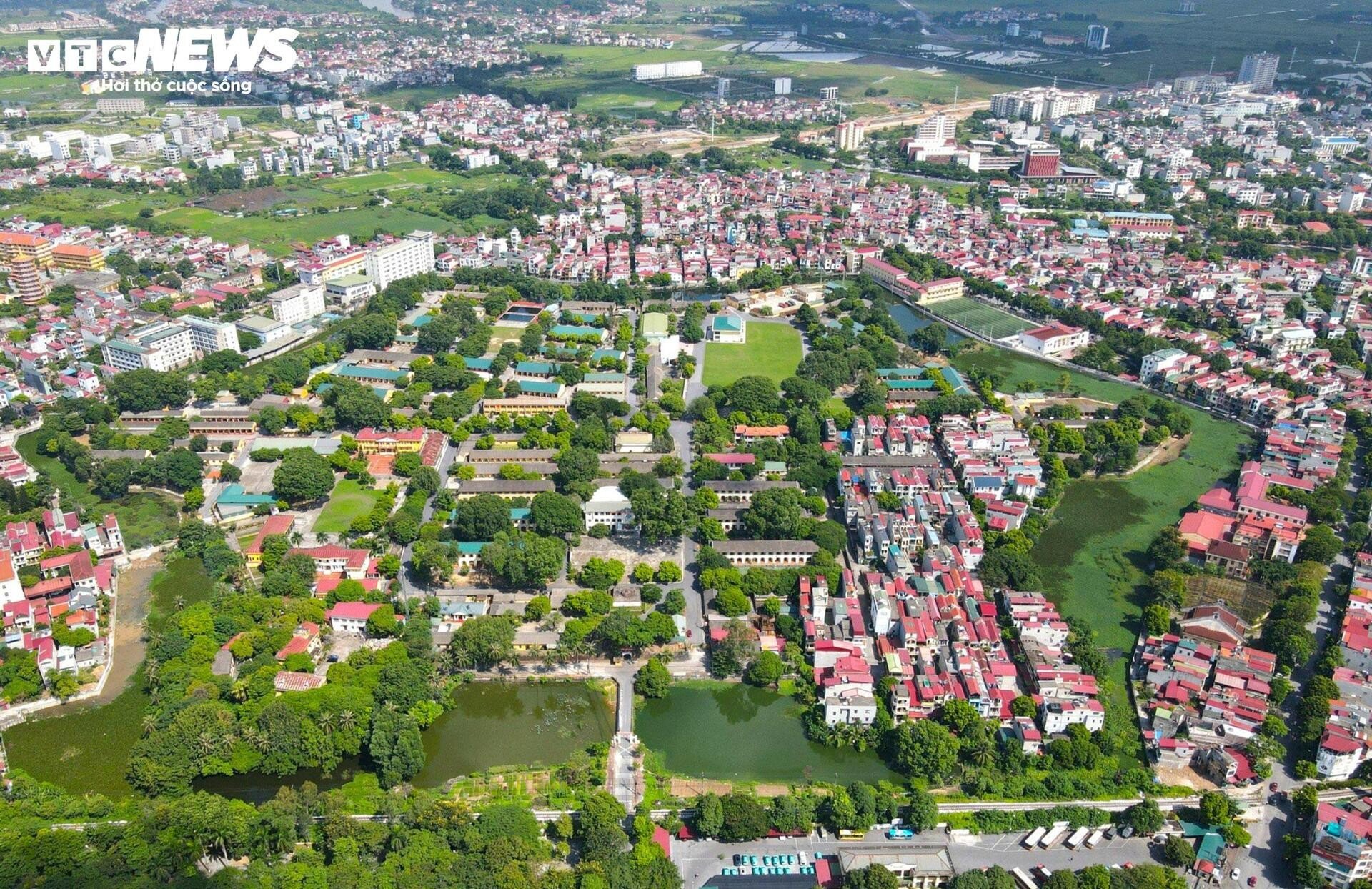
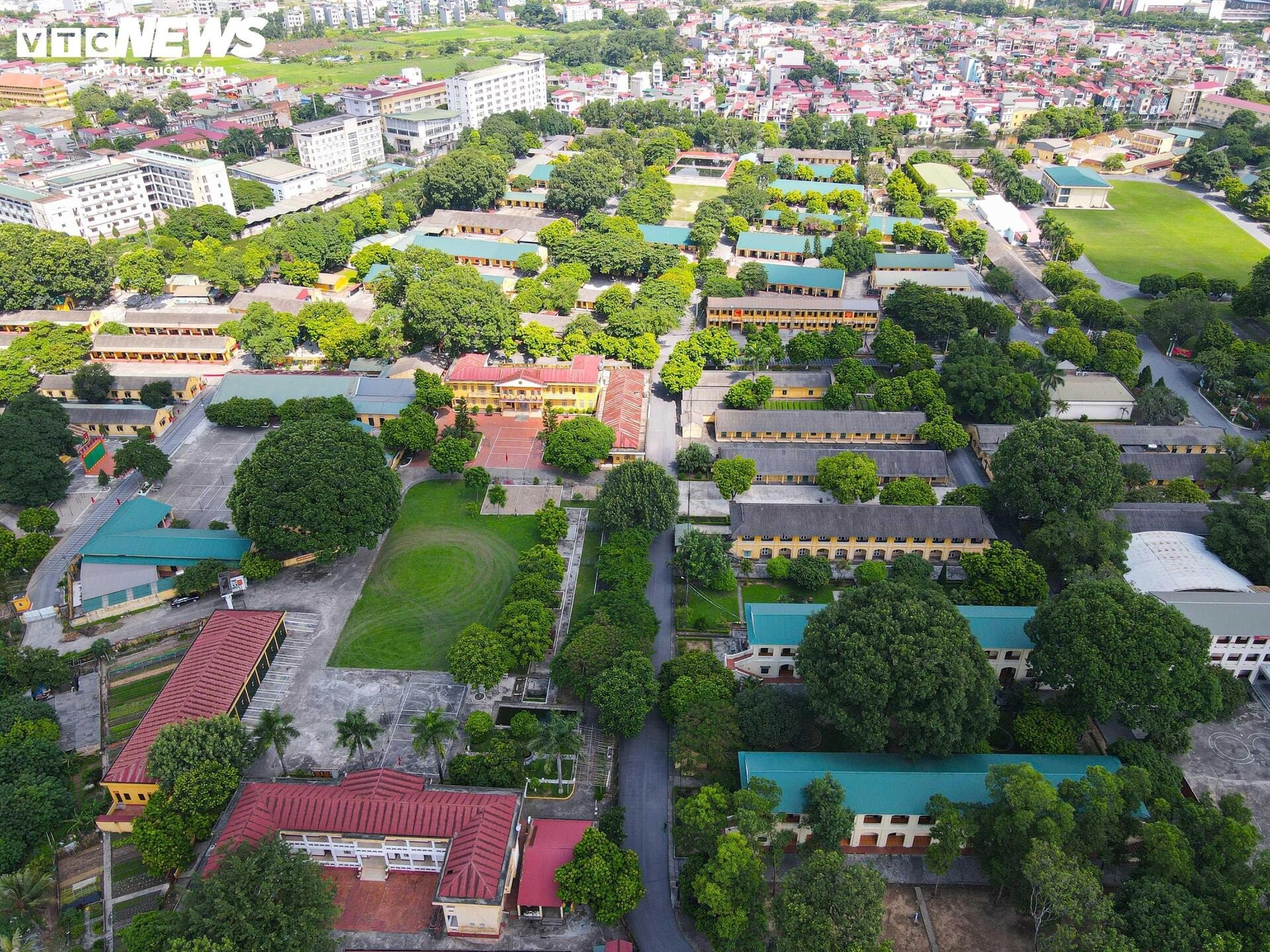
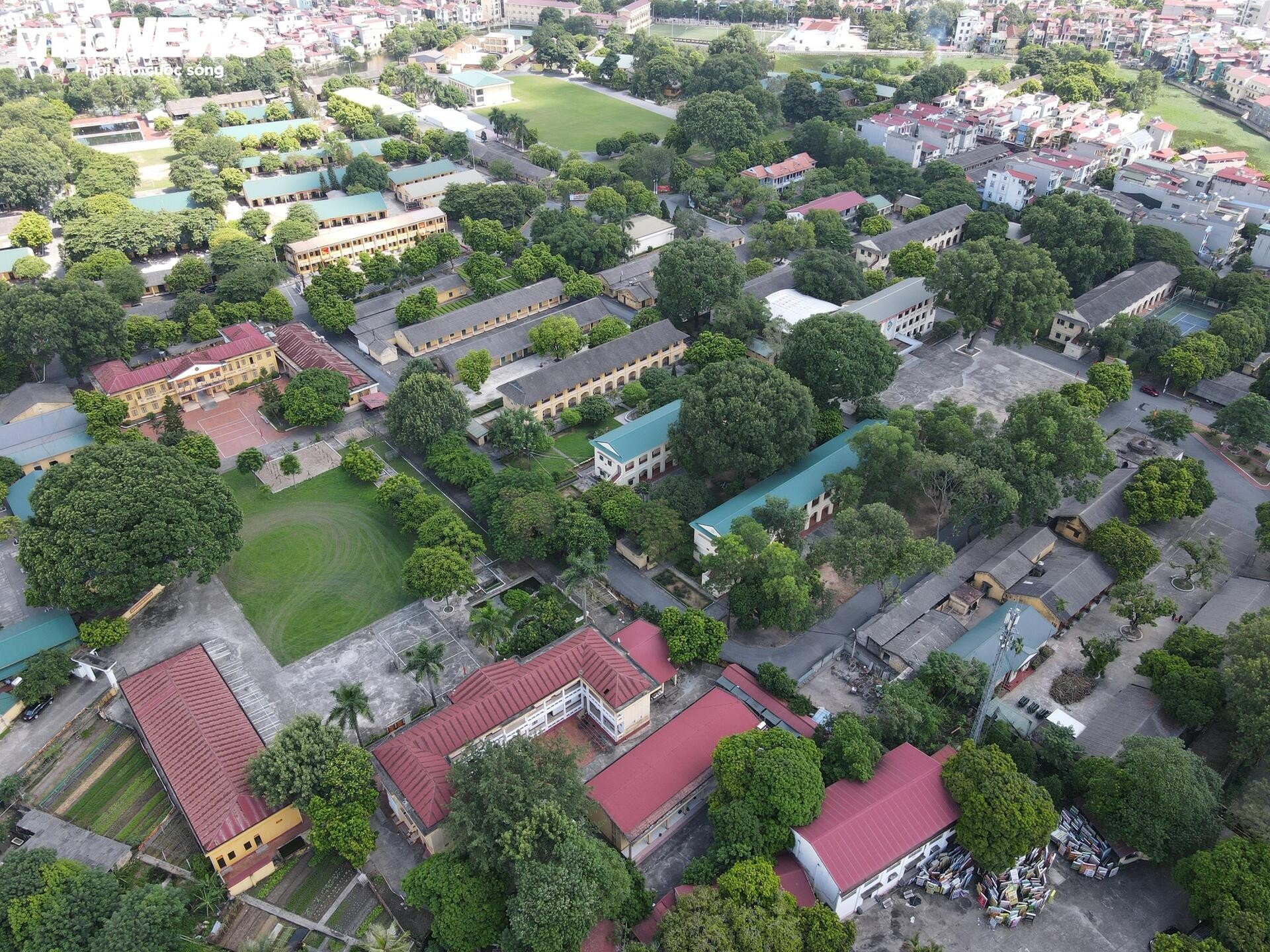
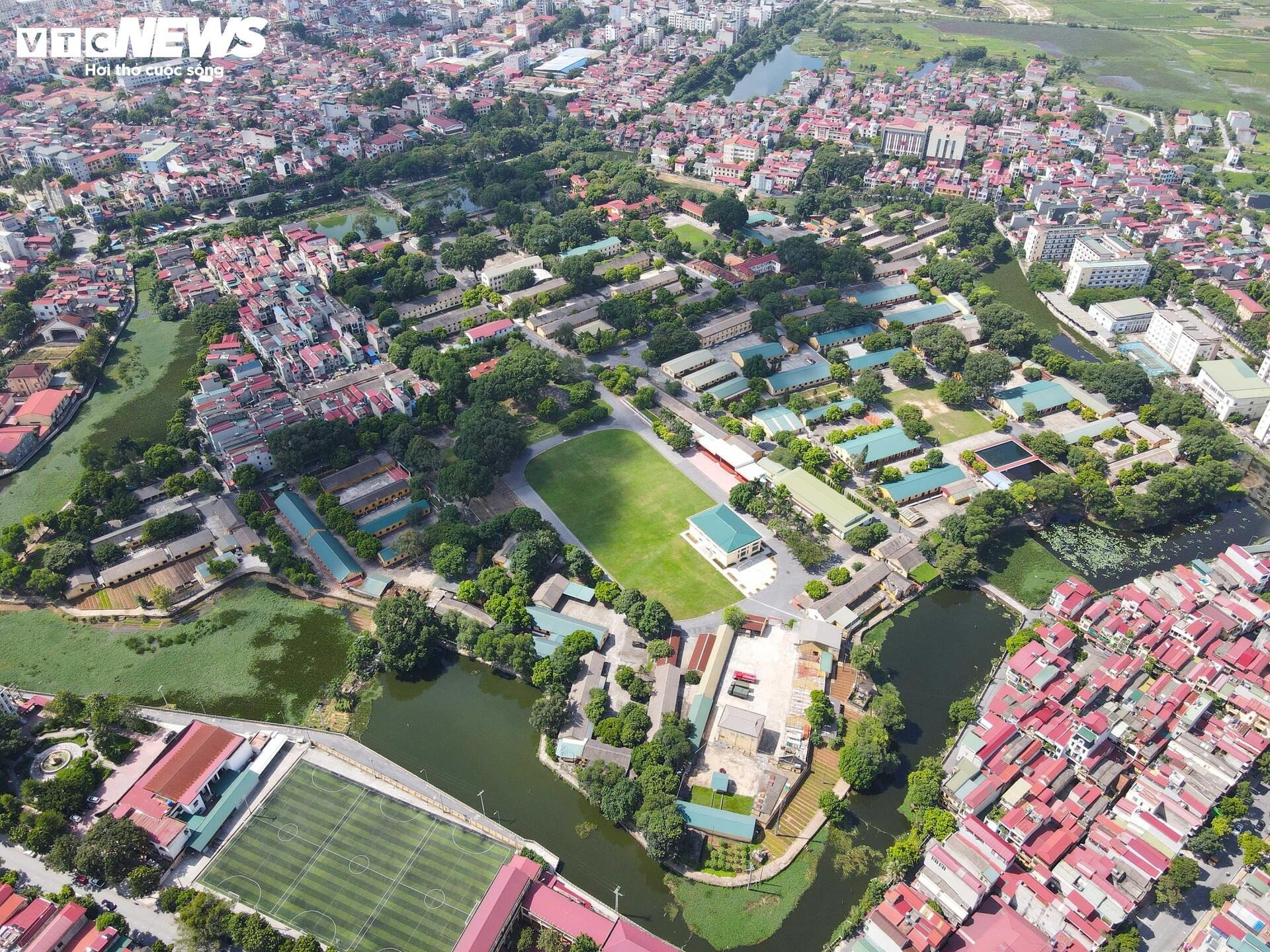
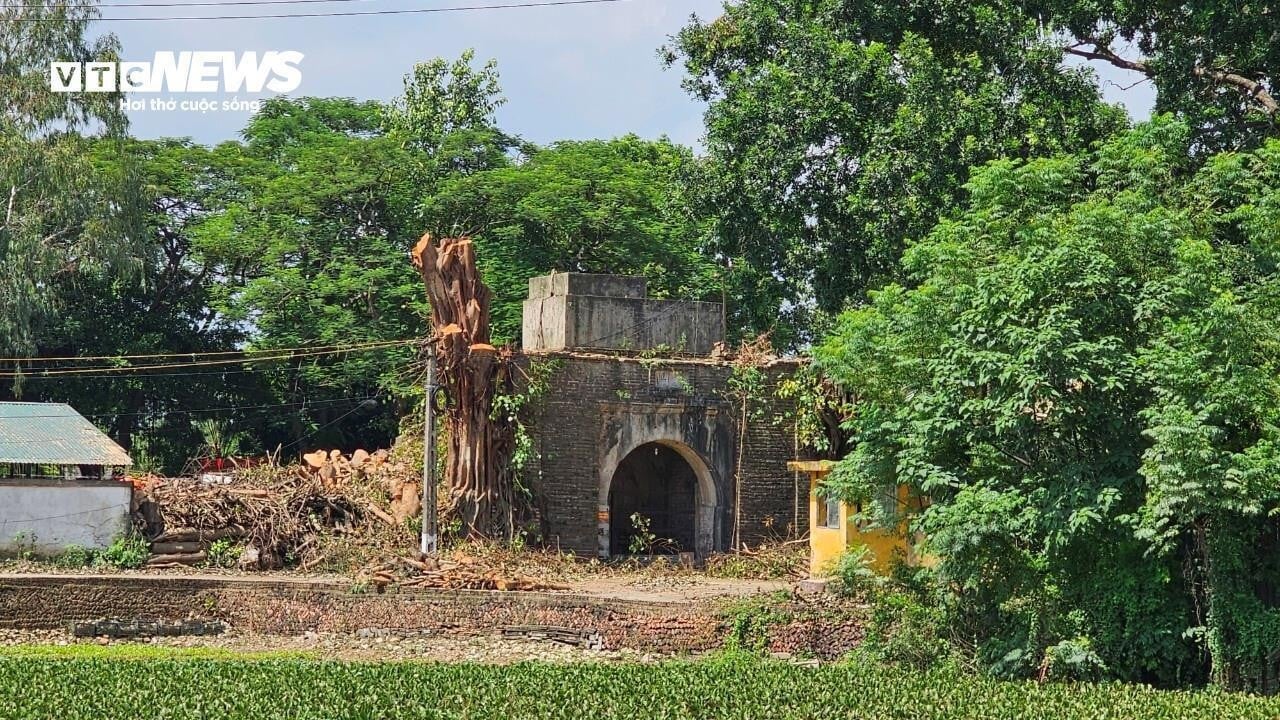
![[Photo] Readers line up to visit the photo exhibition and receive a special publication commemorating the 135th birthday of President Ho Chi Minh at Nhan Dan Newspaper](https://vphoto.vietnam.vn/thumb/1200x675/vietnam/resource/IMAGE/2025/5/17/85b3197fc6bd43e6a9ee4db15101005b)


![[Photo] More than 17,000 candidates participate in the 2025 SPT Competency Assessment Test of Hanoi National University of Education](https://vphoto.vietnam.vn/thumb/1200x675/vietnam/resource/IMAGE/2025/5/17/e538d9a1636c407cbb211b314e6303fd)
![[Photo] Prime Minister Pham Minh Chinh chairs meeting on science and technology development](https://vphoto.vietnam.vn/thumb/1200x675/vietnam/resource/IMAGE/2025/5/17/ae80dd74c384439789b12013c738a045)




















![[Photo] Nearly 3,000 students moved by stories about soldiers](https://vphoto.vietnam.vn/thumb/1200x675/vietnam/resource/IMAGE/2025/5/17/21da57c8241e42438b423eaa37215e0e)



































































Comment (0)